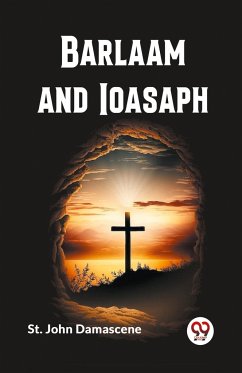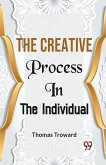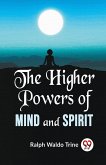The Christian hagiographic painting "Barlaam and Ioasaph," that is notion to were made by St. John Damascene, tells the tale of Prince Ioasaph non secular adventure as he seeks salvation and awareness. The story, that's primarily based on a Christianized version of the Buddha's life, is set Ioasaph search for religious truth in an international complete of lies and distractions. When Ioasaph, the younger prince of India, meets Barlaam, a Christian monk, he teaches him about Christianity. Barlaam leads Ioasaph via a series of hard situations and trials that help him withstand the temptations of the sector and examine greater approximately religion. There are many allegories in the tale, which show how Ioasaph ride become similar to the Christian idea of salvation. The tale is complete of ideas about area, being unique, and combating in opposition to worldly dreams. As Ioasaph becomes a Christian, he offers up his princely reputation and fabric assets in favor of a lifestyles of prayer and mirrored image. "Barlaam and Ioasaph" is usually credited to St. John Damascene, a well-known Christian theologian from the Middle Ages, but its authentic records are extra confusing. The story may additionally have come from the East and changed into later translated and modified to match one-of-a-kind cultures.
Hinweis: Dieser Artikel kann nur an eine deutsche Lieferadresse ausgeliefert werden.
Hinweis: Dieser Artikel kann nur an eine deutsche Lieferadresse ausgeliefert werden.








